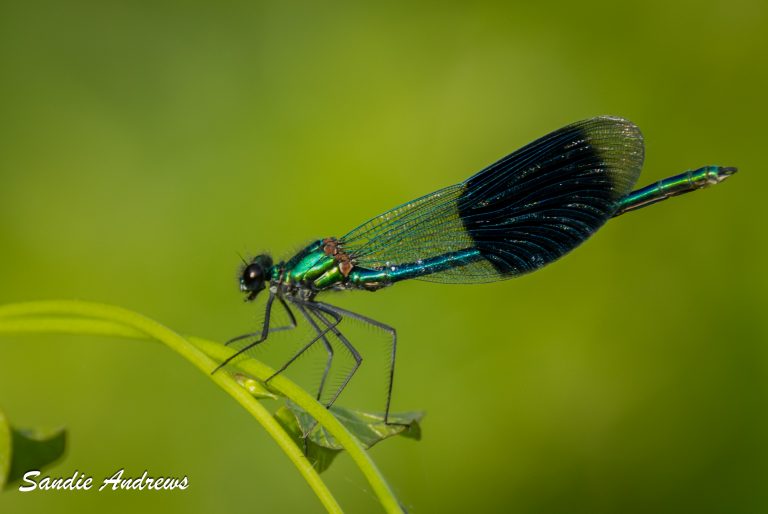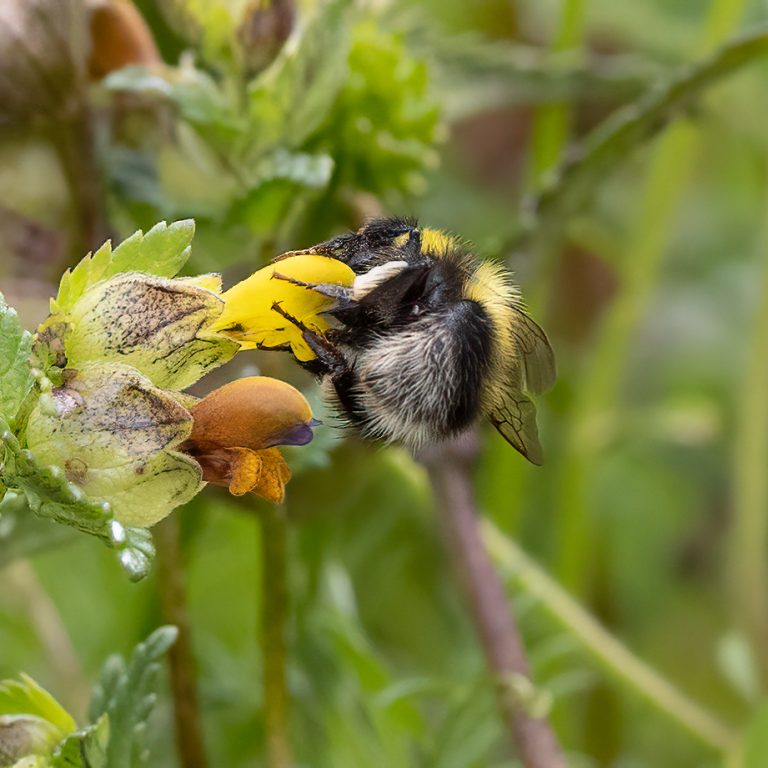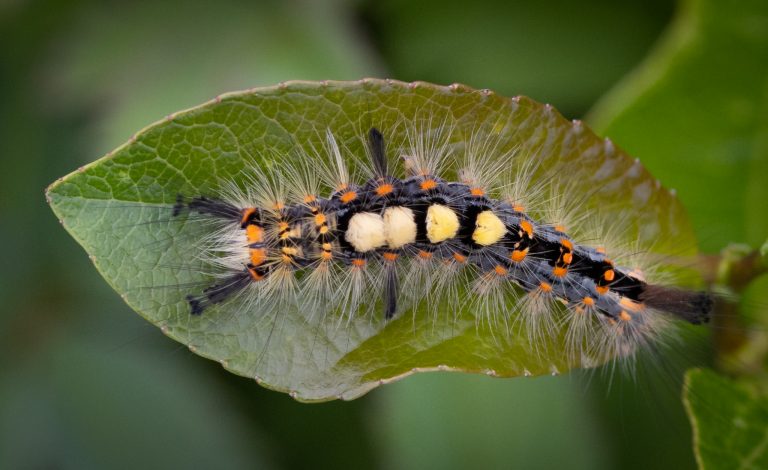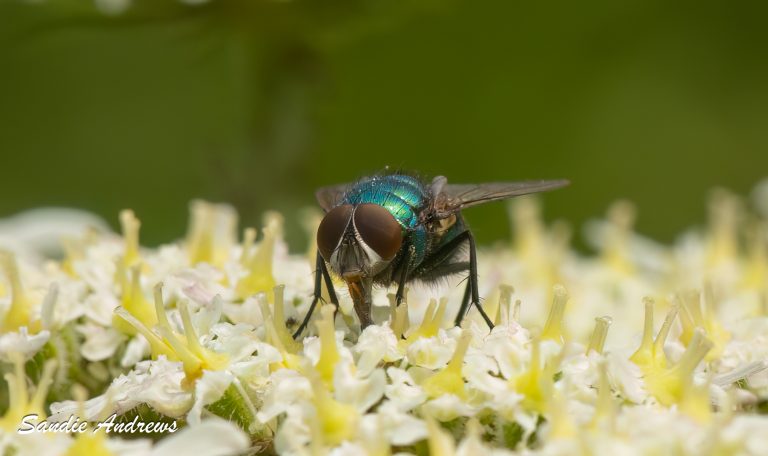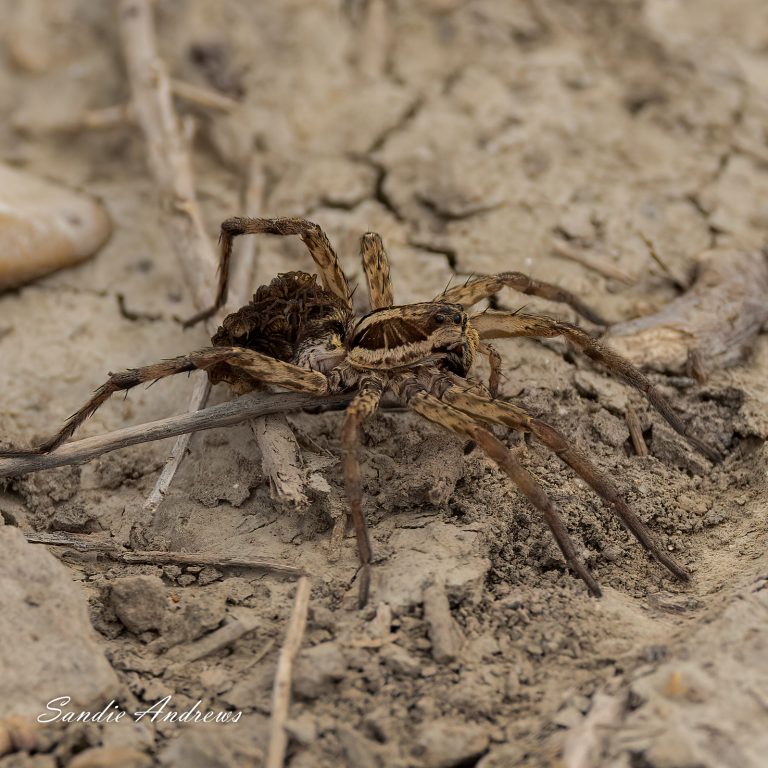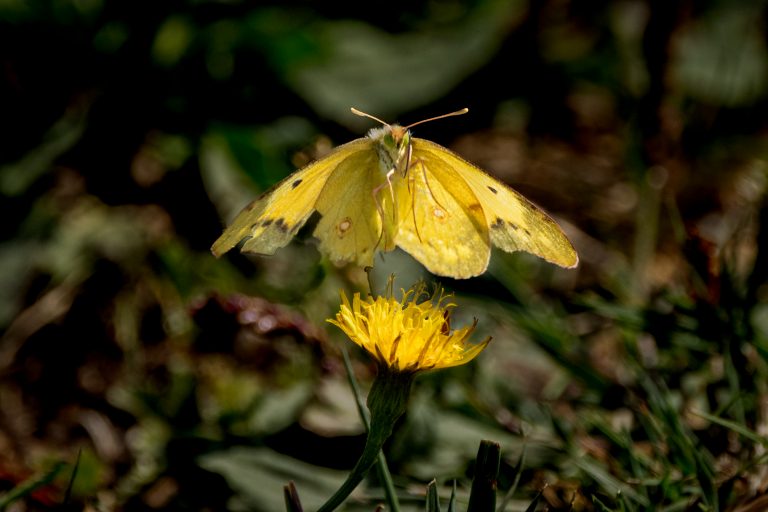Beetles
Cetonia Aurata – Rose Chafer Beetles and Rhagonycha fulva, Common Red Soldier beetles
Having returned home after a 10 week volunteering stint north of the border, I was a little disheartened by the thought of having to cut the grass which was now some 5ft high in places. The sound of grasshoppers and other insects encouraged me to shelve that idea and my thoughts moved swiftly on to the vegetable plot. I’d planted 20 leeks before we left: they were no more than a couple of inches high then and on our return they were a good 4 ft high with beautiful flower heads on all of them.
I couldn’t help but spot the vivid green of 3 Cetonia aurata, Rose Chafer beetles (I think!) making the most of the flower heads on the leeks where they and several bees spent several days. I already plant certain flowers and vegetables solely for insects and this has encouraged me to do more. So more leeks for beetles and more Brussels sprouts for butterflies. So now I am torn between watching birds and watching insects. Decisions, decisions!
Much more common are Rhagonycha Fulva, Common Red Soldier beetles pictured at the top of this blog. I already know a few other beetles, like Ladybirds for instance, but it’s unlikely I shall get to know anywhere near the 4,131 species we have in Britain and Ireland. A thank you to Paul D. Brock for his incredible book A Comprehensive Guide To Insects of Britain and Ireland, which is very impressive and which I leaf through often.
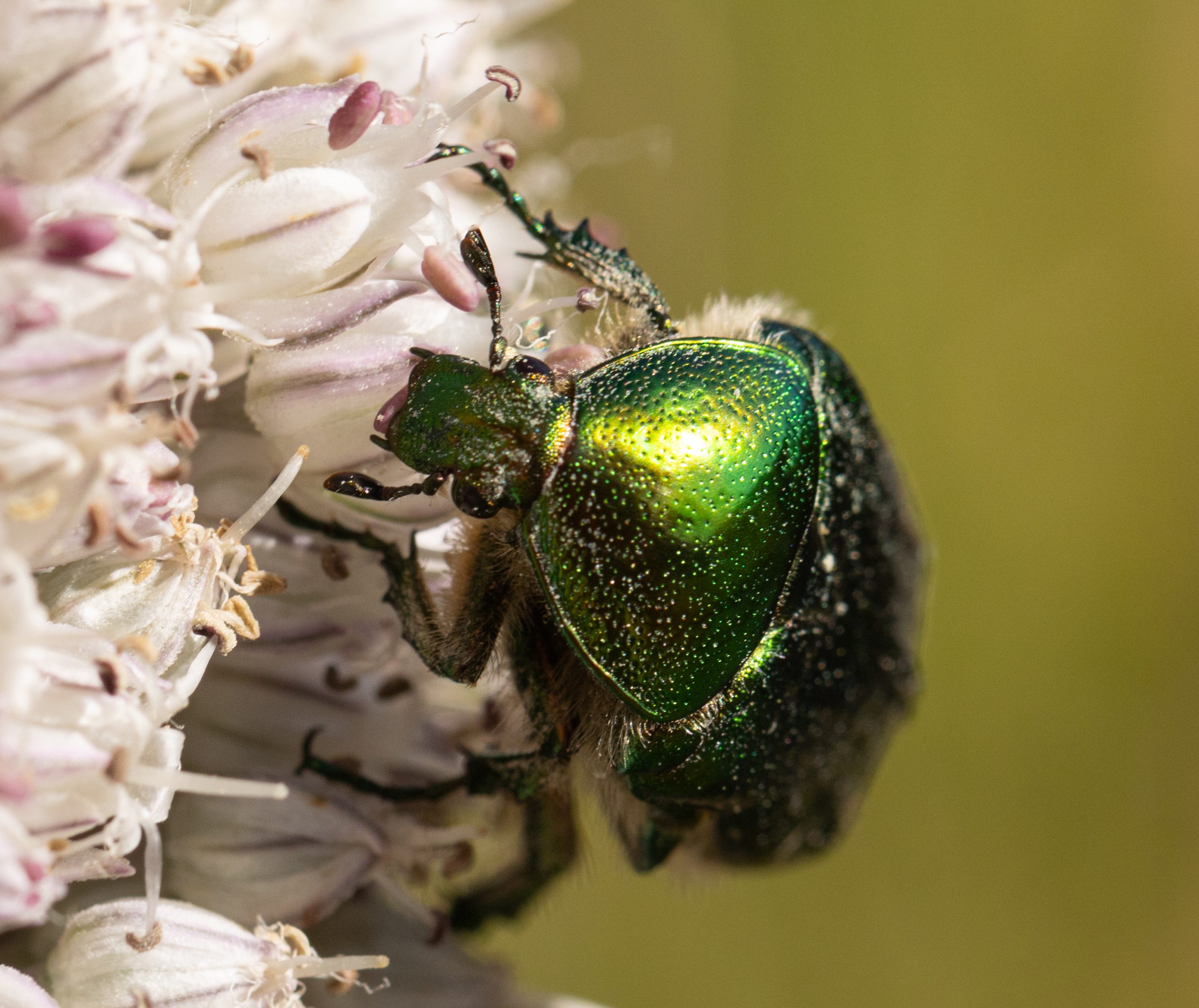
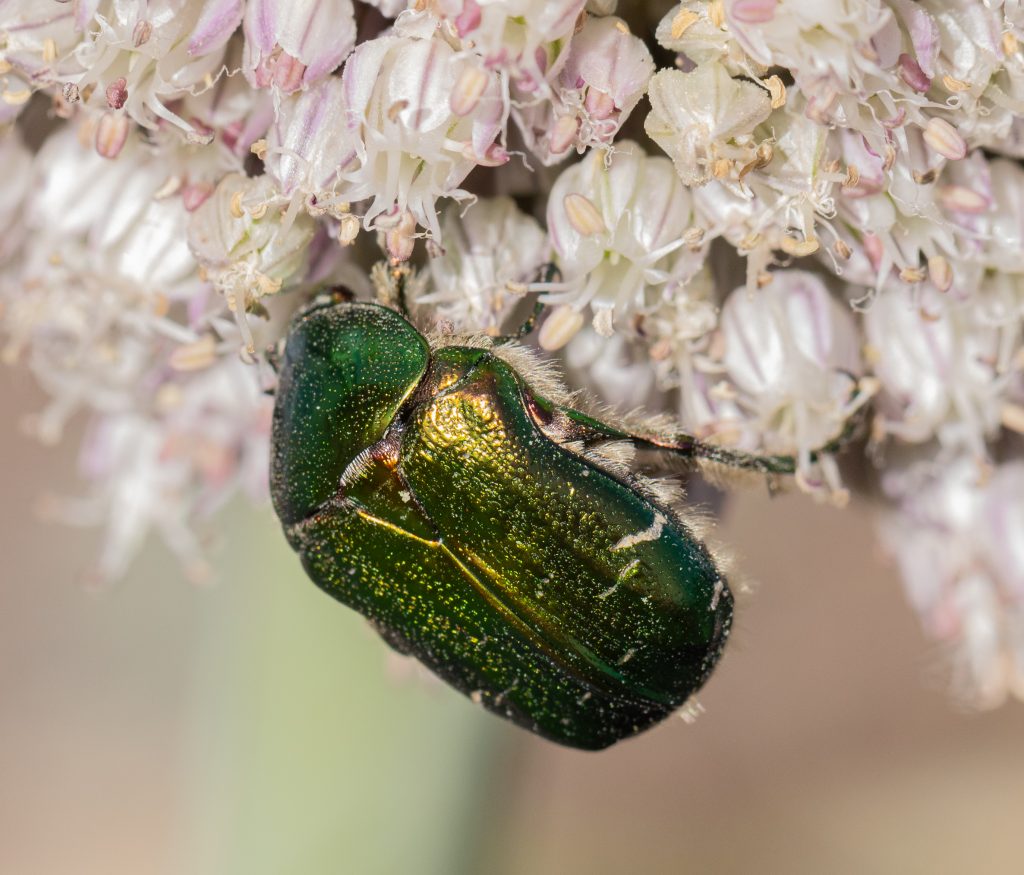
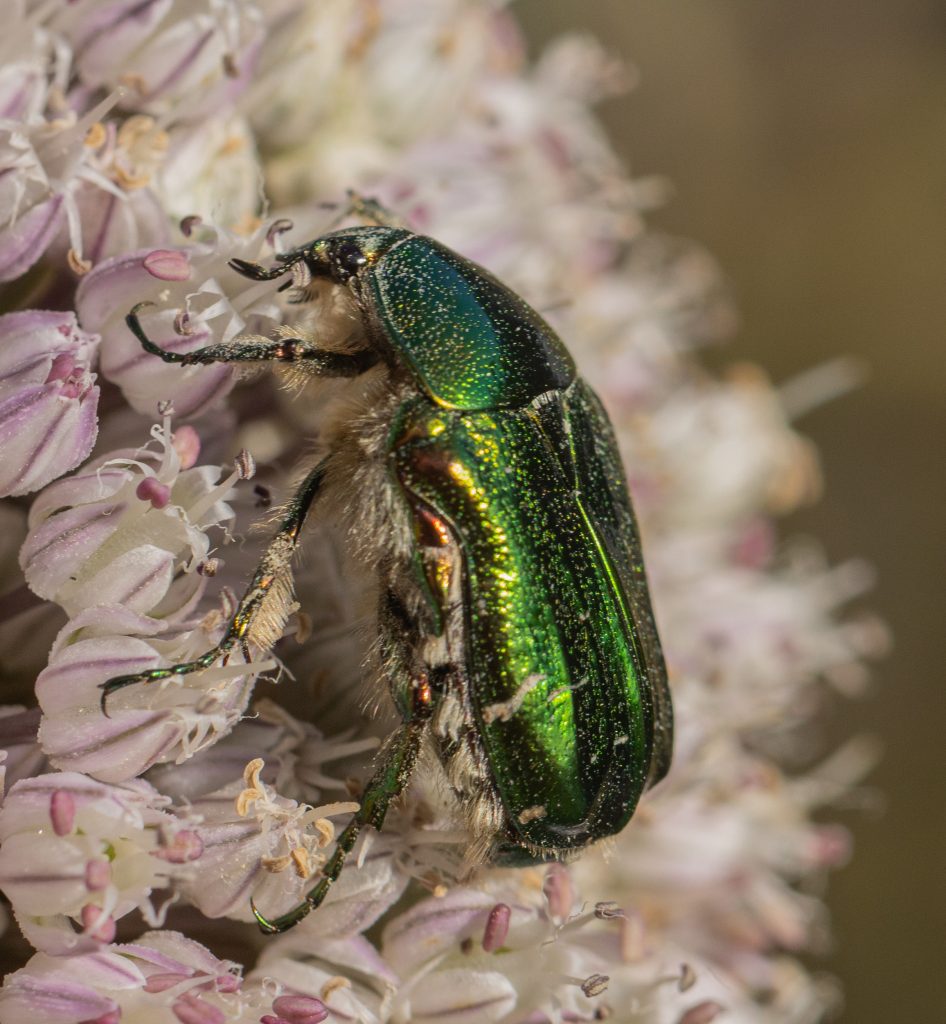
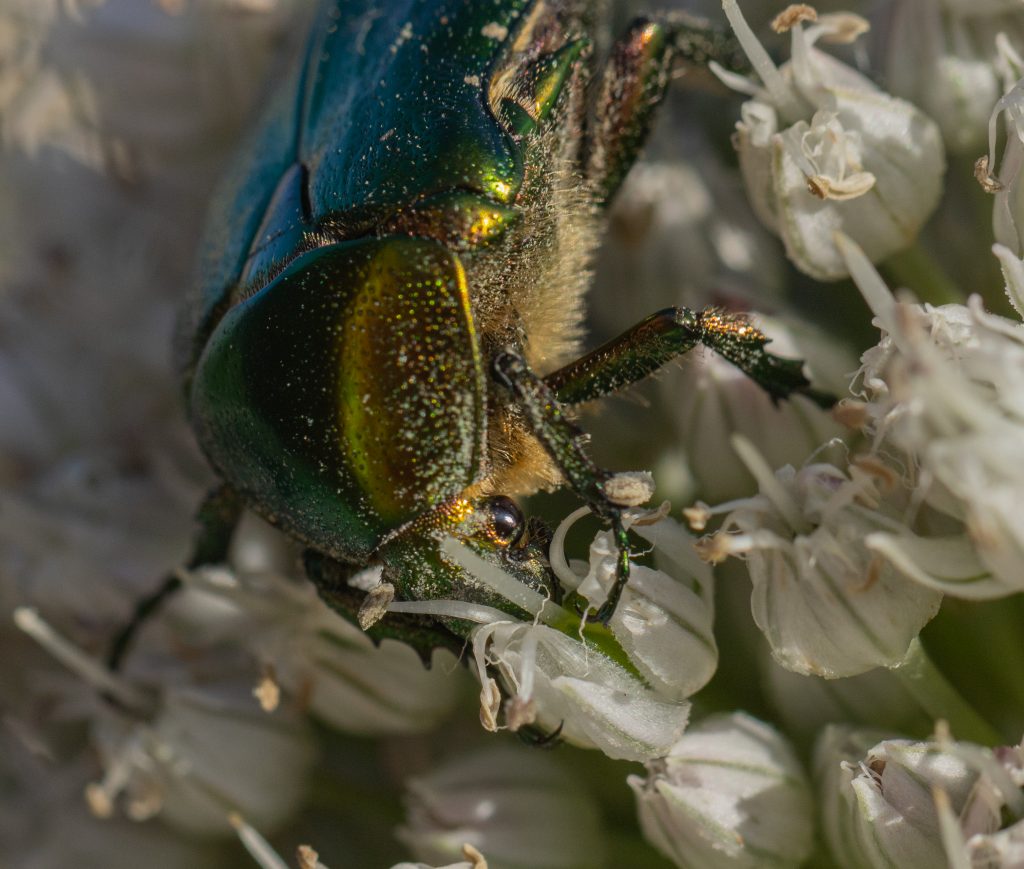
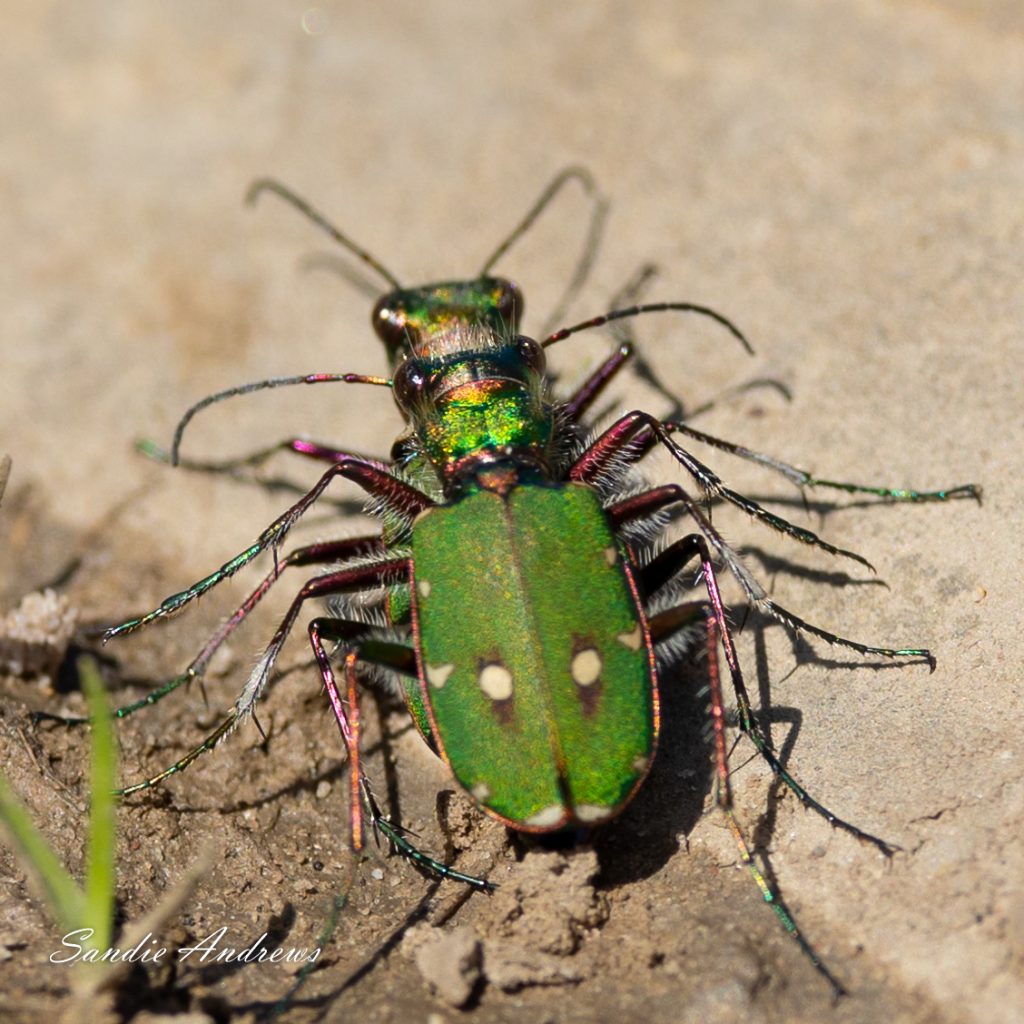
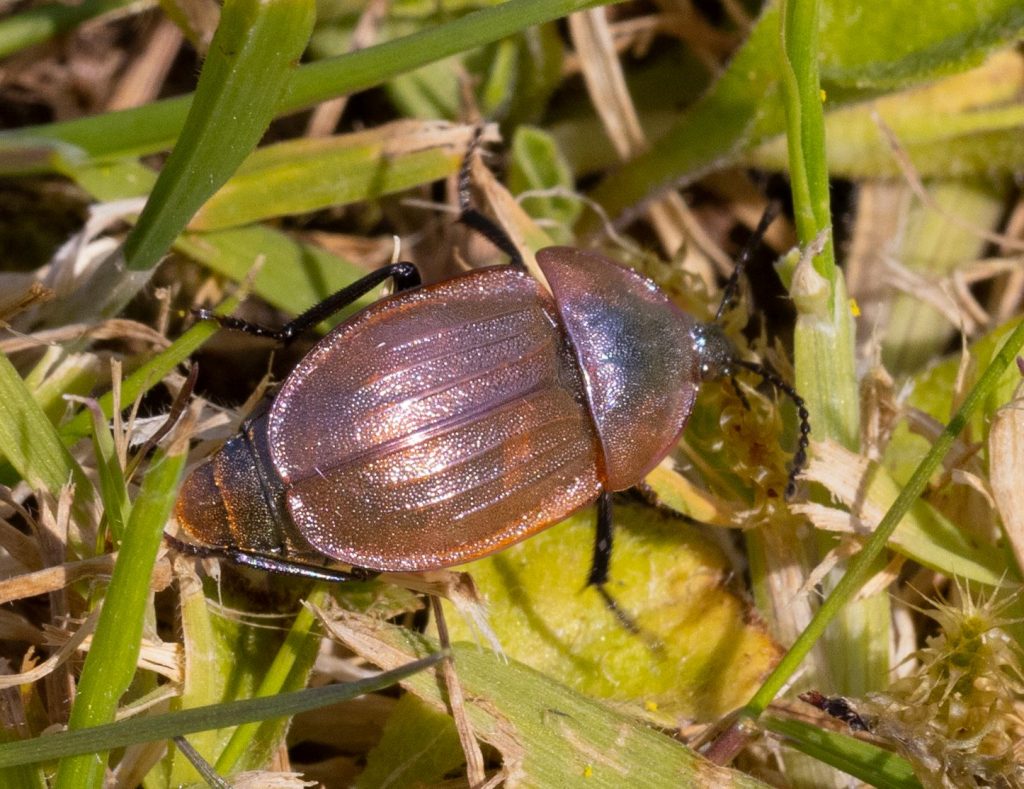
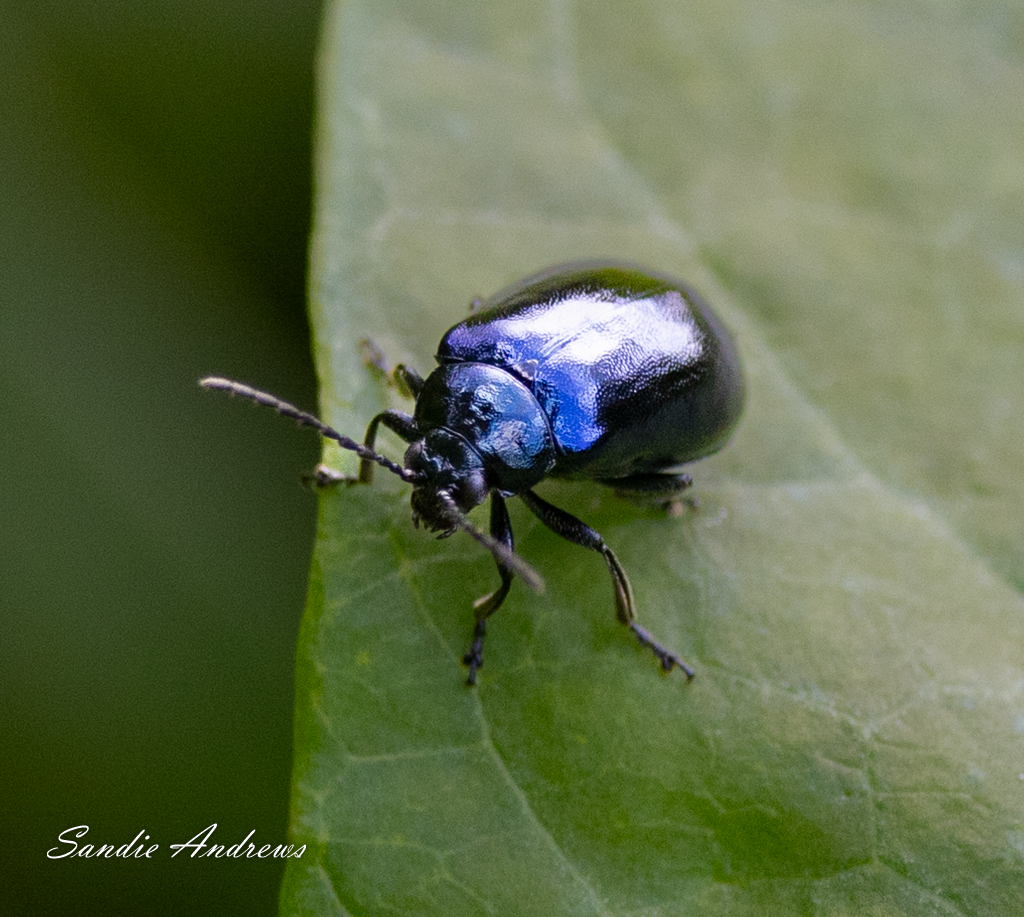
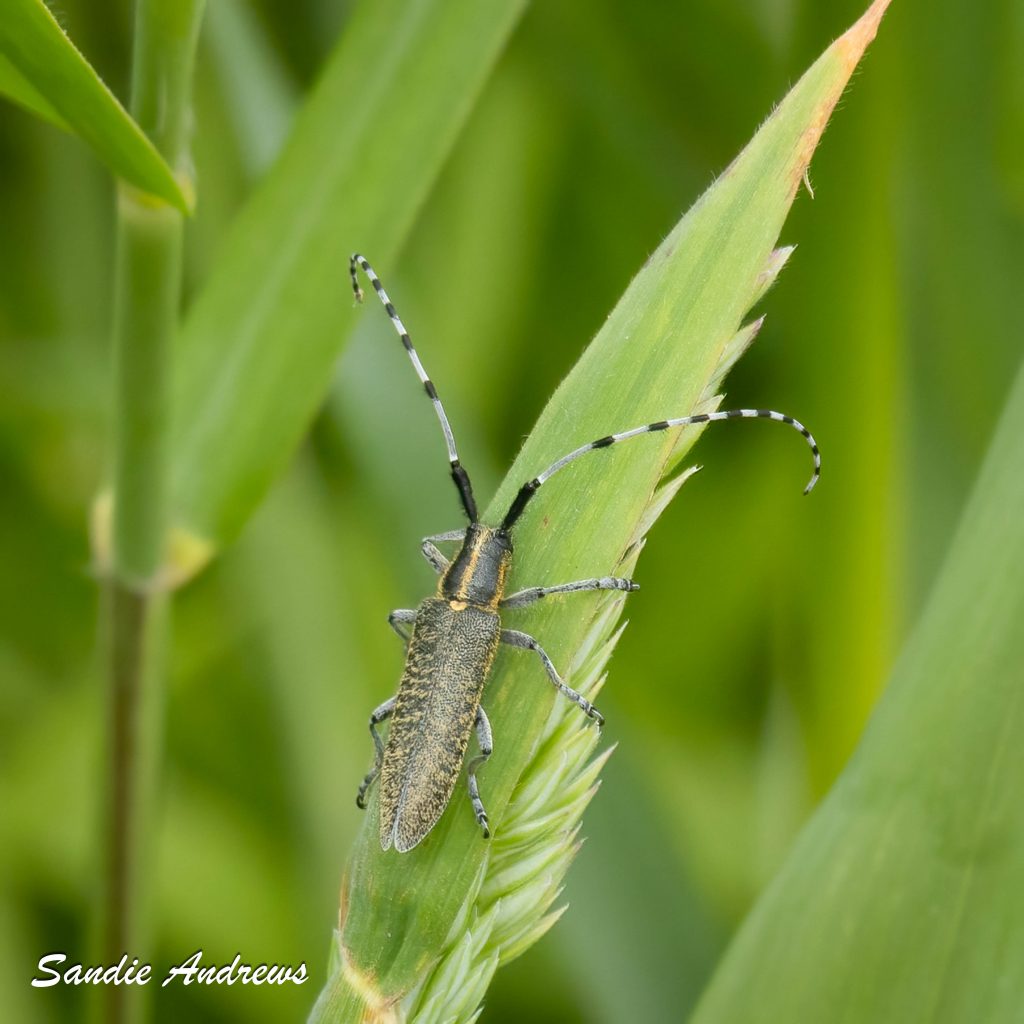
The above image is of a Golden-bloomed Grey Longhorn beetle, common worldwide. Below is an image of a Plateumaris discolor, again common worldwide.
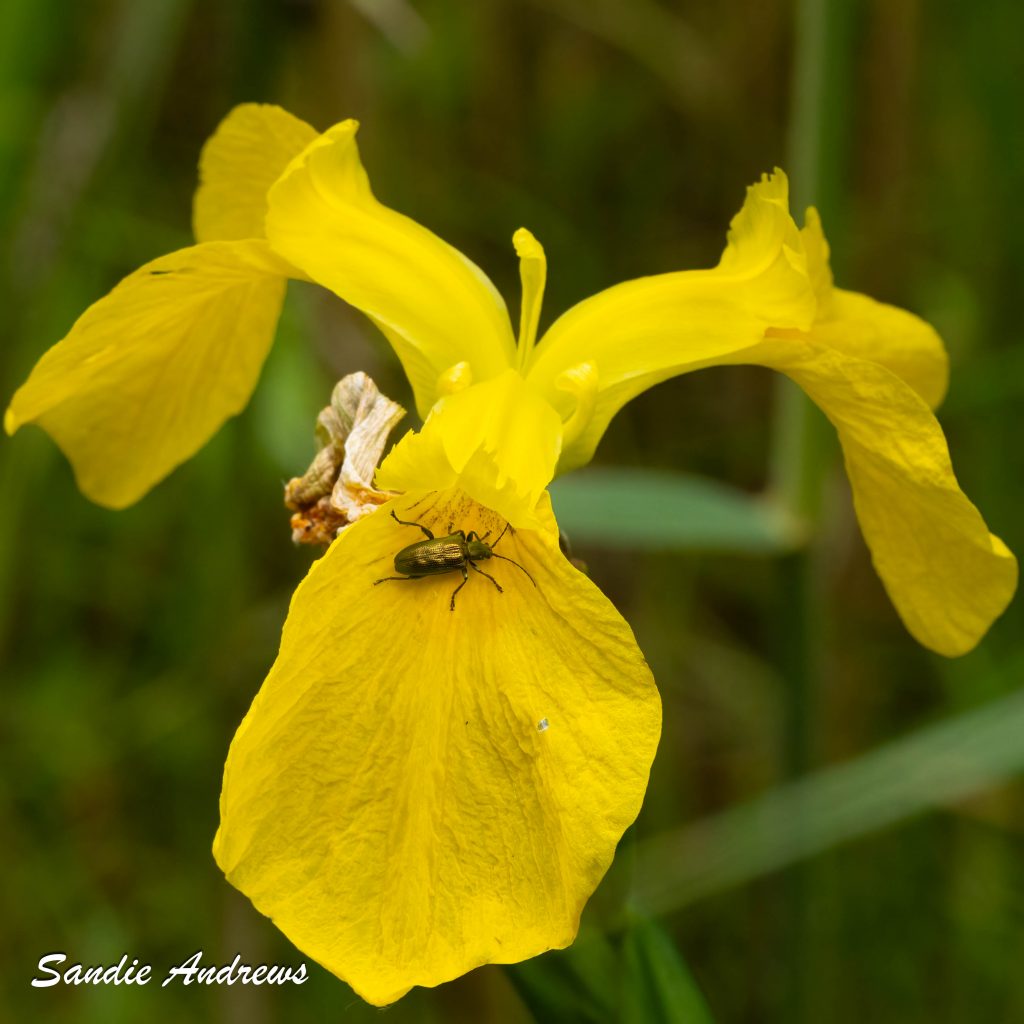
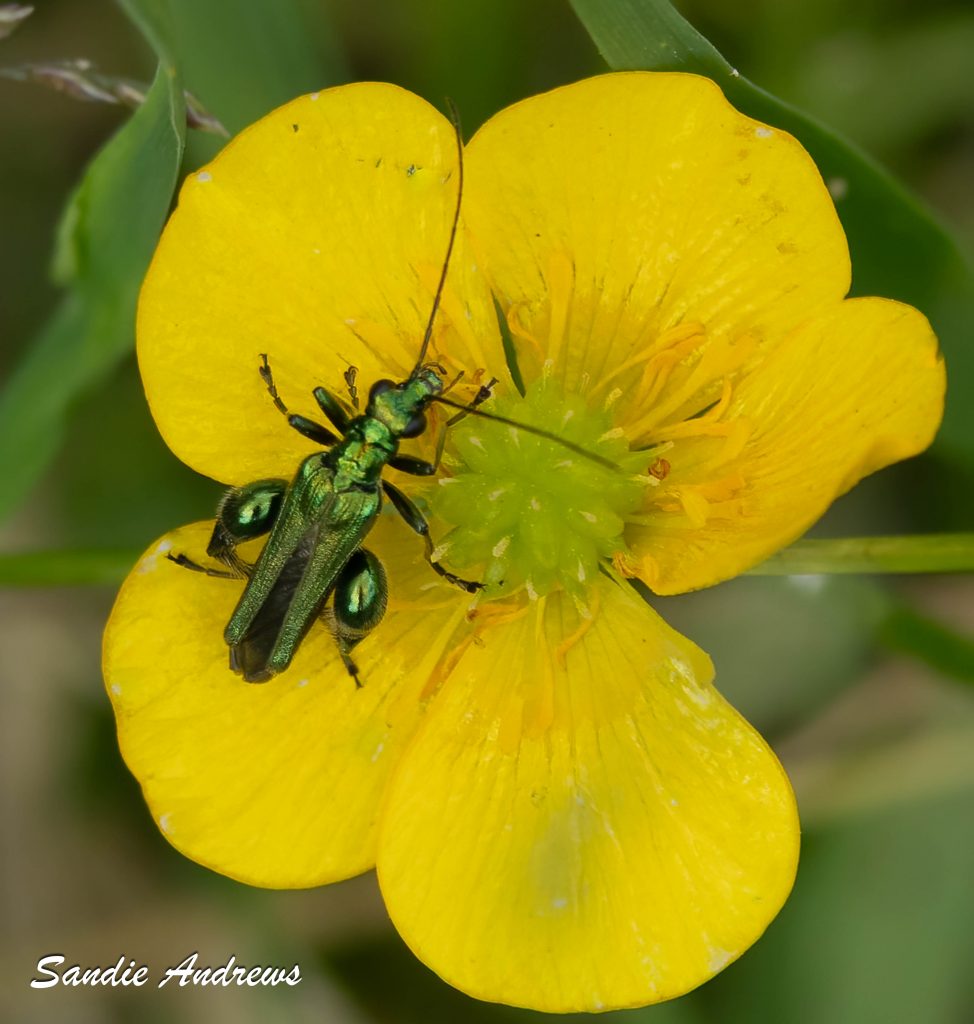
Swollen-thighed beetle (aka False oil beetle, Thick legged flower beetle). The thighs are so big, I couldn’t get the camera to focus on the beetle’s eyes. Can you see my reflection in the right thigh?
The following are of a Musk beetle which grows up to 1.4 inches long. Neither it nor the other creatures seem threatened by each others proximity.
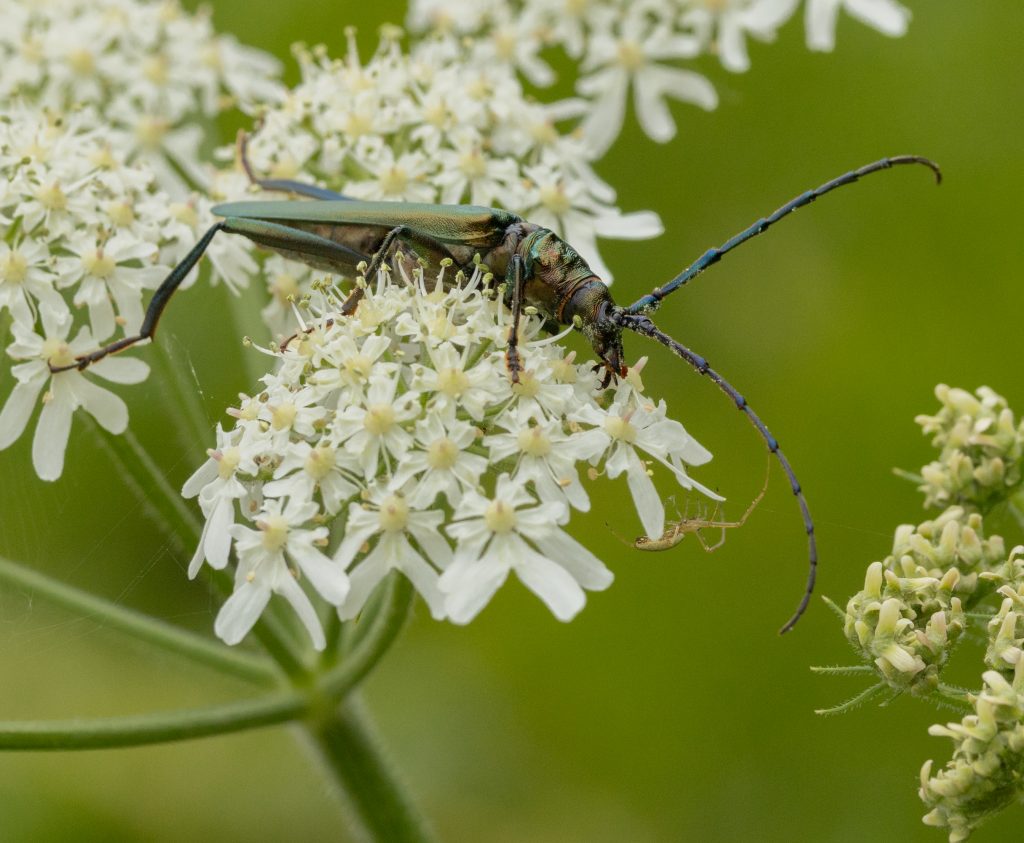
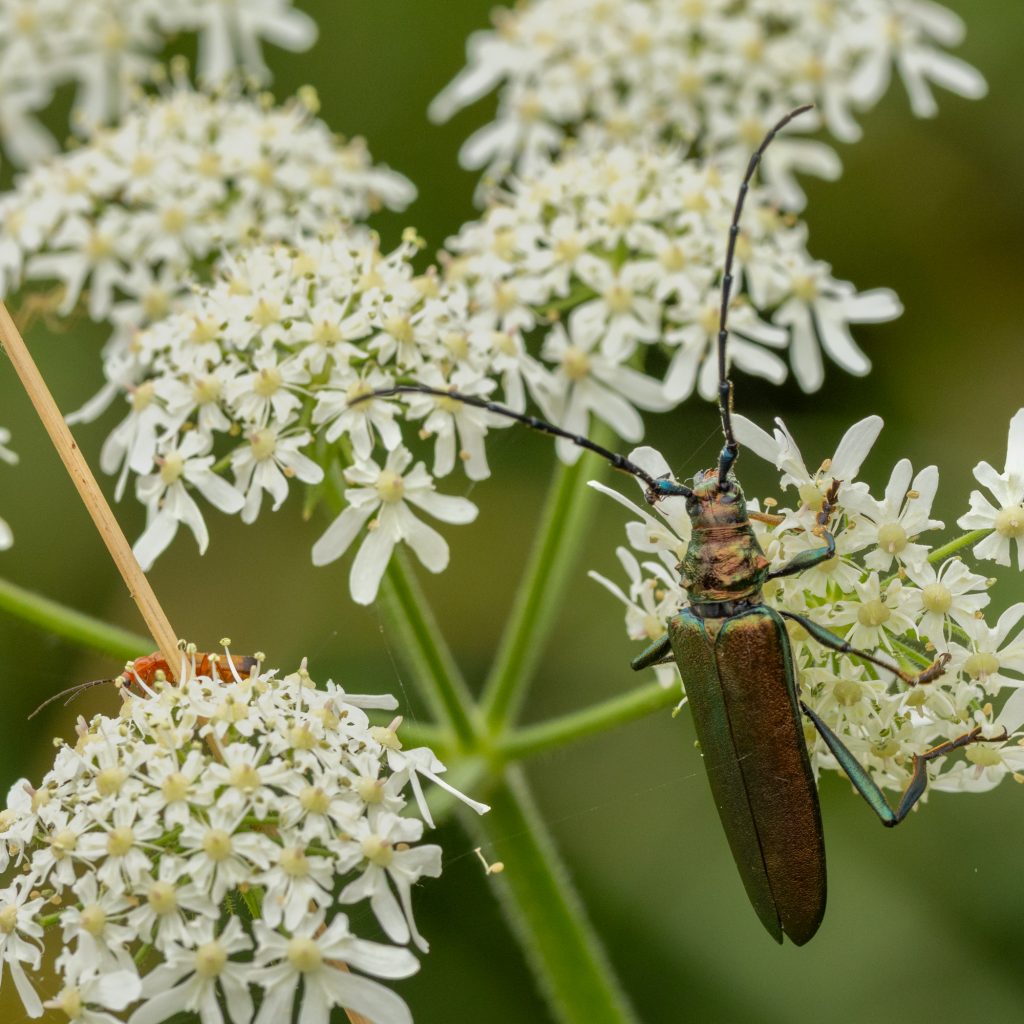
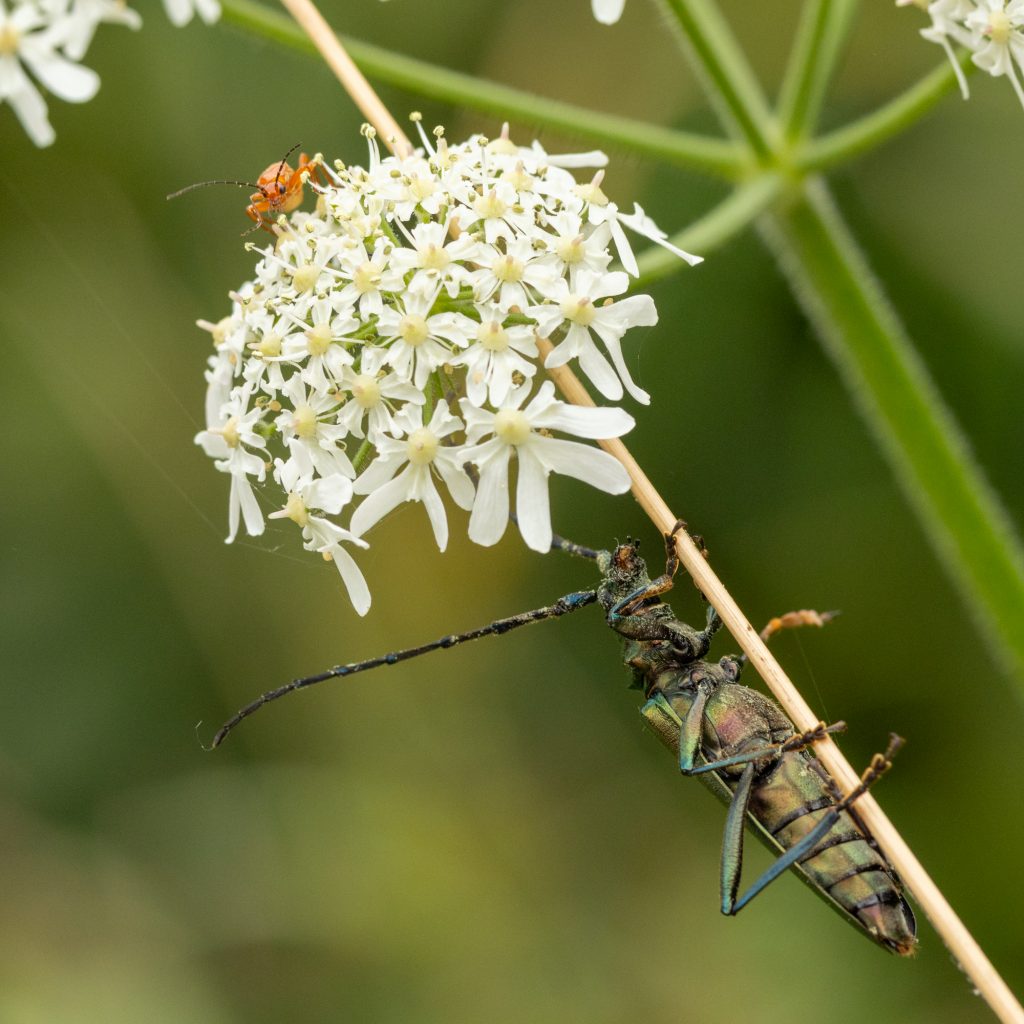
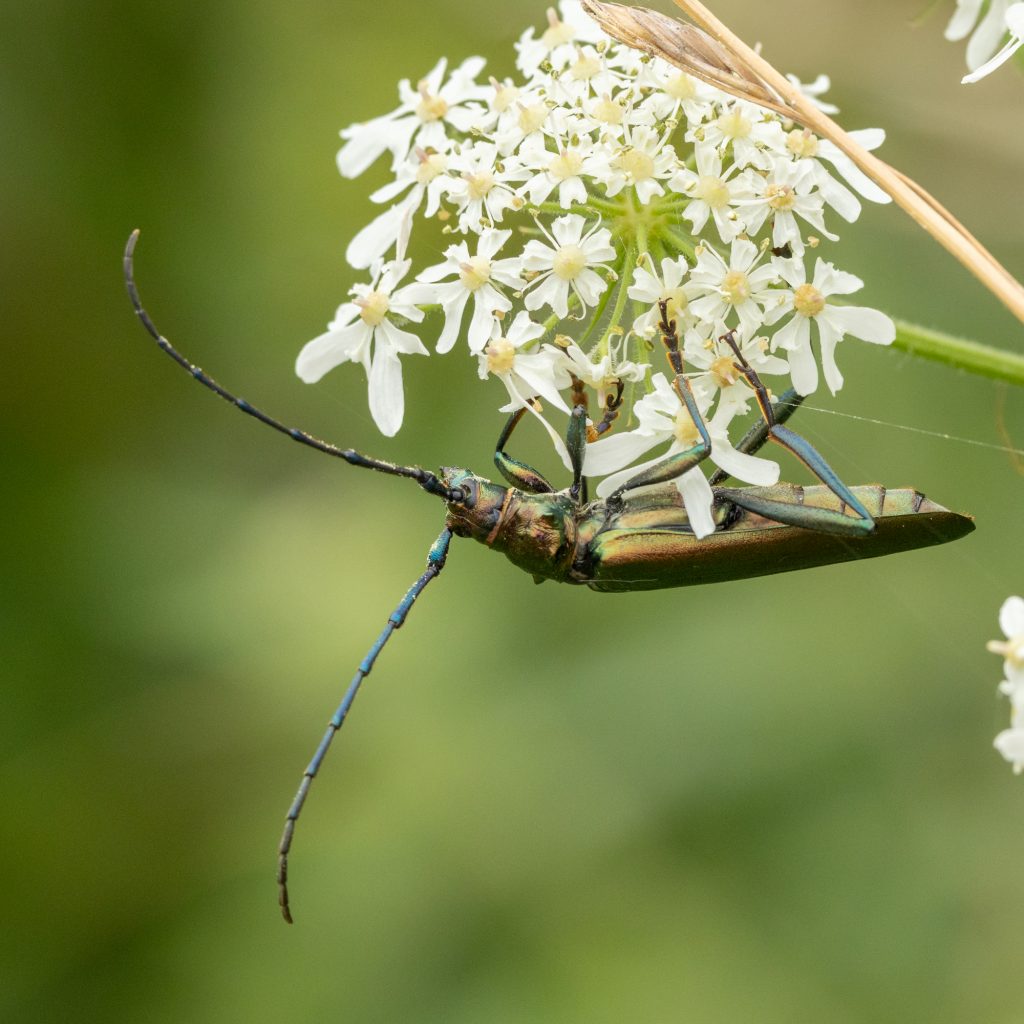
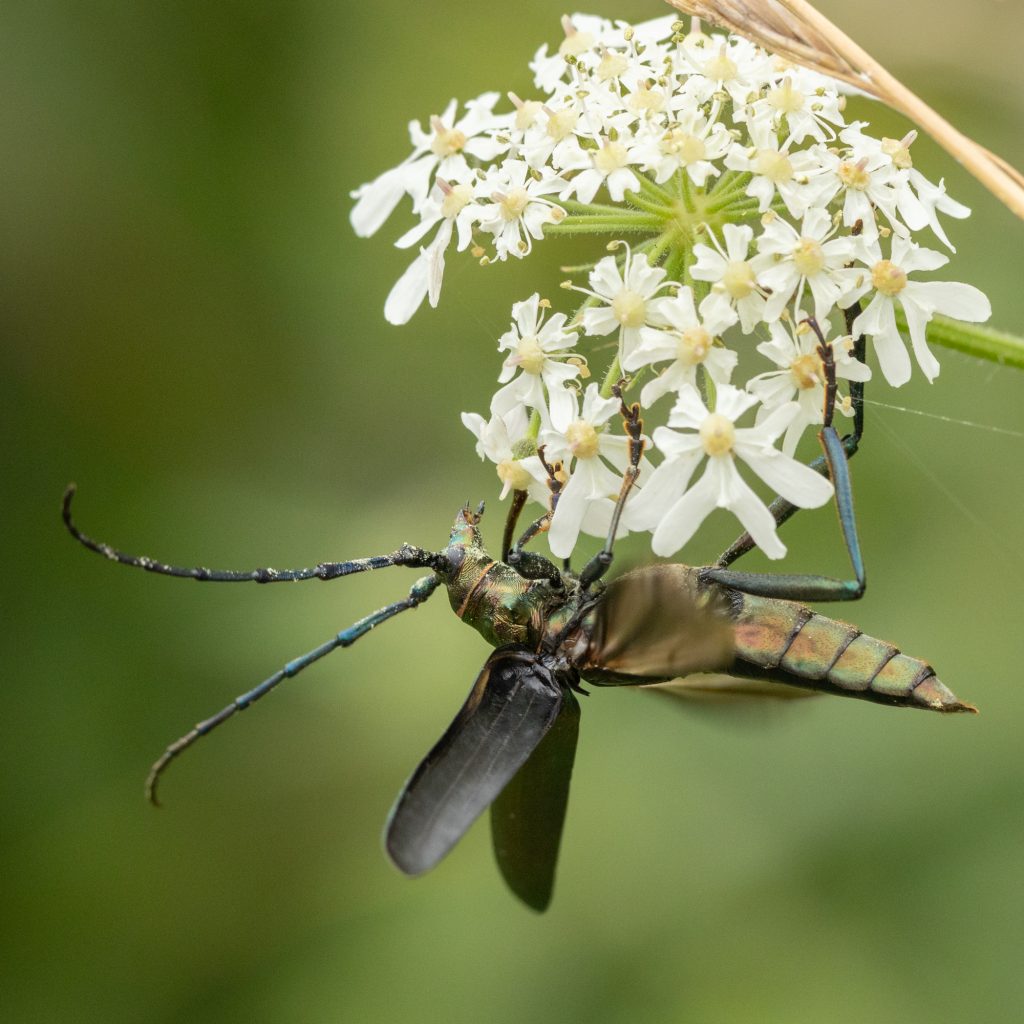
This final image was taken as it prepared to take off. You can see the wing cases open and the blur of the wings as it prepares for flight.


